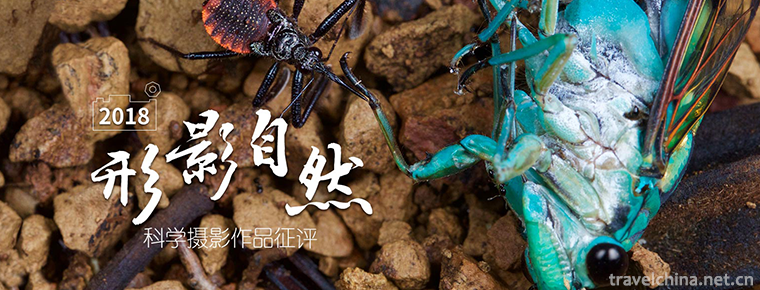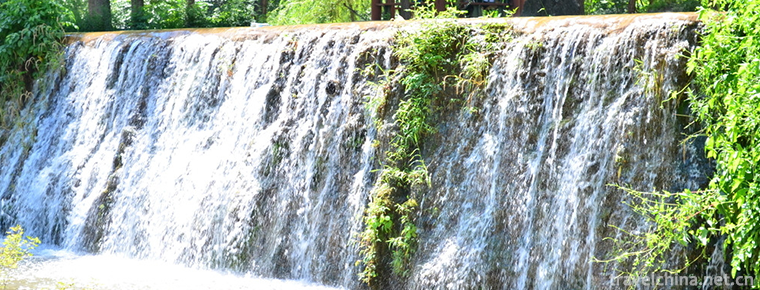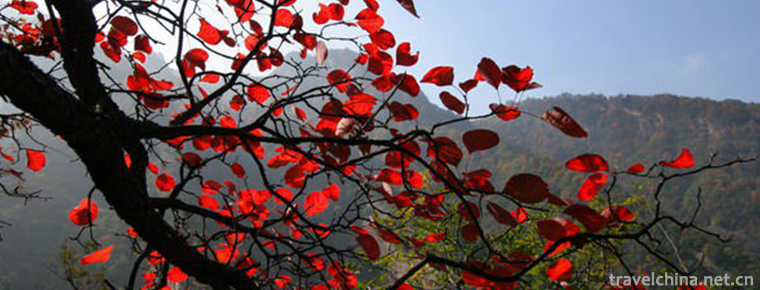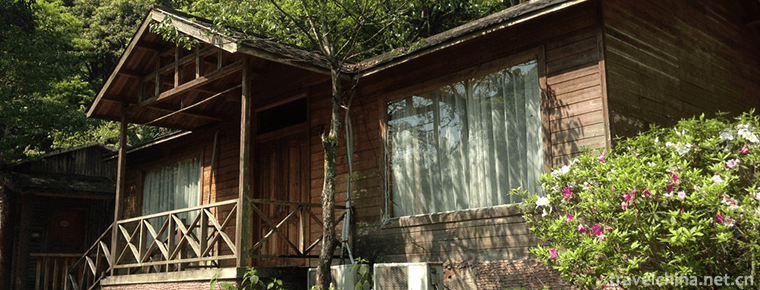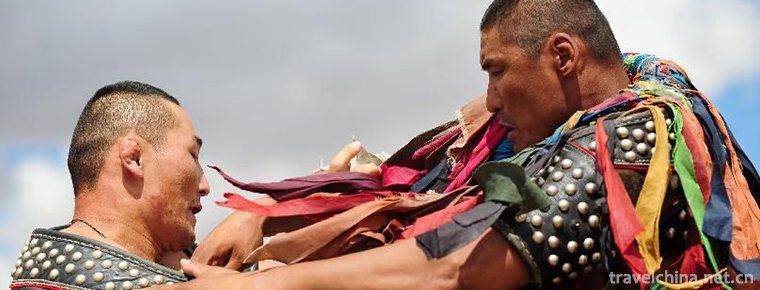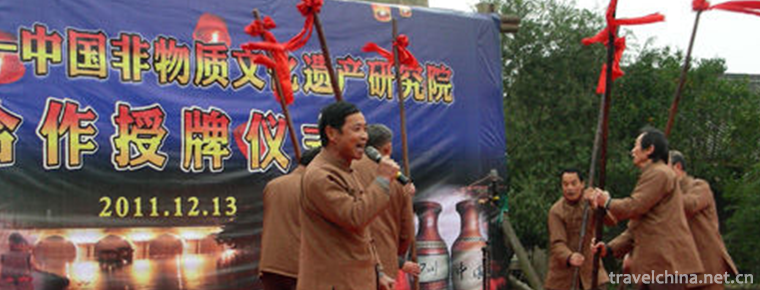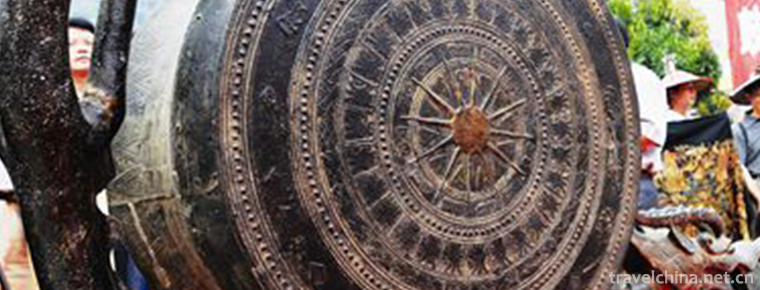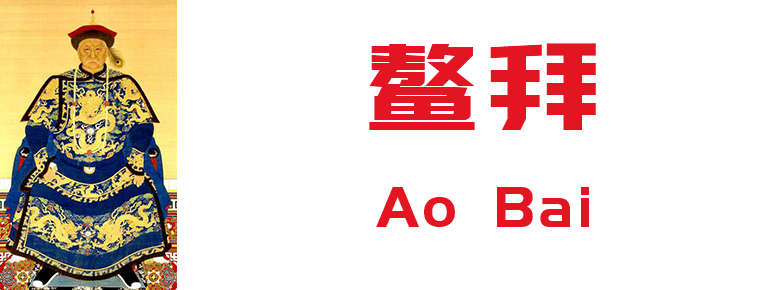Hulusheng Dance of Yi Nationality
Hulusheng Dance of Yi Nationality
Hulusheng Dance of Yi Nationality, the traditional dance of Wenshan Zhuang and Miao Autonomous Prefecture in Yunnan Province, is one of the national intangible cultural heritage.
The Yi gourd and Sheng dance is popular in Jijie Man Village, Xichou County, Wenshan Zhuang and Miao Autonomous Prefecture, Yunnan Province. Mancun is a village inhabited by the Huani people of the Yi nationality. Huani's gourd dance is an ancient folk dance of the Yi nationality. It is unique in its typical body "S" shape. It shows the lingering charm of the ancient Dian people's gourd dance. It shows that the Mancun Huani's gourd dance is inherited from the ancient Dian ancestors'dance and has its specific historical and cultural connotation.
On May 20, 2006, the Yi gourd Sheng Dance was approved by the State Council to be included in the first batch of national intangible cultural heritage list, the heritage number: III-36.
historical origin
There is a legend about the origin of gourd dancing: the ancestors of Huani people only depended on their mother Marceau and their daughter Hongmei during their migration. When the Hongmei grew up, she was swept away by a nearby snake spirit. Marceau could not fight the snake spirit, and she cried to death, lay on the barren hill tired and hungry, and picked the buckwheat seeds around her. After eating, she soon gave birth to a boy and soon grew up. One day a strange bird came flying and kept calling, "Sister Red Sister, Sister Red Sister". He went to ask his mother, and Marceau told him the story of her red sister in tears. In his anger, the boy followed the strange bird to rescue the red sister. The strange bird stopped on a huge gourd in the field. It did not go away and kept pecking the gourd with its mouth, making a strange sound. The boy picked up the gourd and made it into gourd Sheng. He came to the snake cave with the strange birds. When he blew the gourd Sheng, the sky was dark, the lightning and thunder were thundering. The snake spirit kept twisting in the shape of "S" in the sound of gourd Sheng, and the tail was completely released from the rolled red sister until he died. Sisters and brothers return home and multiply their offspring. Afterwards, Huani women used the gourd dance to expel the "snake spirit" entangled in their bodies, which was handed down.
Cultural characteristics
Stylistic features
Huani people's gourd dance is unique in its typical body "S" shape, which shows the lingering rhyme of ancient Dian people's gourd dance.
During the important festivals of Huani people, the whole village
Men and women, old and young, gathered in the courtyard. Women dressed in festive costumes, danced in circles accompanied by gourds. Buckwheat Festival is a unique and solemn festival for Huani people. Like Spring Festival, villagers usually stop working for several days, invite relatives and friends to meet, kill pigs and slaughter chickens to sacrifice ancestors and gods. During the festival, men and women, old and young, dressed in costumes, gathered in the village, danced gourd and string dances, and stayed up all night.
There are seven different dance routines for gourd Sheng dance, including tooth abuse (standing dancing), tooth celebration (starting dancing), tooth pulling (turning over), tooth drop (walking circle), tooth stabilization (wearing flowers), tooth engagement (nodding) and tooth daring (jumping forward and backward), each of which has different gourd Sheng tunes and music is rich.
Unique musical instruments
Five bamboo tubes of different lengths are inserted into the roots of bamboo or copper reeds, and the sound buckets made of cucurbits are inserted. There are sound holes on the sides of three baskets. The shortest one has sound holes on the back of the sound bucket. The longest one has a small gourd on the top to increase resonance.
Dance Rules
Hulusheng Dance is performed by males and females. When dancing, the gourd blower takes the lead. As long as the gourd strikes, the women will stand side by side, arm by arm, hand in hand with the rhythm blown out by the gourd, stamp on the ground, twist their limbs and swing their skirts, and dance. The whole gourd dance is divided into seven routes. The first way is called tooth abuse (standing jump); the second way is called tooth Qing (starting jump); the third way is called tooth pull (moving over); the fourth way is called tooth drop (walking circle); the fifth way is called tooth stabilization (walking through flowers); the sixth way is called tooth engagement (opposite nod); the seventh way is called tooth dare (jumping forward and backward). The name of each road has both the meaning of formation change and the content of dance. For example, the fourth way is "scattering cottonseed", the fifth way is "harvesting cotton", the sixth way is "spinning cotton", and the seventh way is "weaving". Each way has a fixed dance music, dance music is composed of 56123 five tones, multi-fine tune mode and commercial mode, or two modes alternate with each other. Dance music has a slow rhythm and a steady rhythm. The dynamic shape of dancing posture, with a pat of knee flexion and extension to drive the waist, chest and jaw in the "S" shape of the front and back twist, downward rhythm. When dancing, no matter how the formation changes, the circle will keep moving to the right or counter-clockwise.
Inheritance and Protection
Current situation of inheritance
Whenever the annual traditional "buckwheat festival", the whole village of men and women dressed in festival costumes, gathered in the courtyard to enjoy singing and dancing. Dancers are women, musicians are men. The dance is led by gourd and Sheng musicians blowing and dancing at the central edge. Women join hands to circle around the music and stamp their feet to the rhythm of the music. They cross their hips and dance with each other. Dance records and reflects the development history of the Huani people of the Yi nationality. It accumulates the wisdom of the Huani people of the Yi nationality, and shows the ancient folk customs and production and labor scenes.
Inheritance value
Because Huani people live on the top of high mountains for a long time, they are sparsely populated and almost isolated from the outside world.
The geographical environment at the junction of the two counties, together with the basis of life and customs, makes Huani people fully equipped with the objective conditions to retain the original dance heritage. However, due to the changes in production and life and the impact of foreign culture, the artistic characteristics and cultural connotation of the Yi gourd and Sheng dance are gradually weakening, the manifestation is becoming more and more single, and the inheritance is also not optimistic, so it should be protected and rescued as soon as possible.
The state attaches great importance to the protection of intangible cultural heritage. On May 20, 2006, the Yi gourd and Sheng dance was approved by the State Council and listed in the first batch of national intangible cultural heritage list.
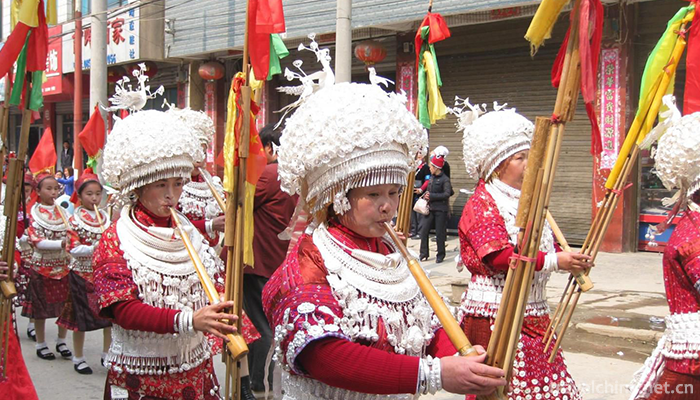
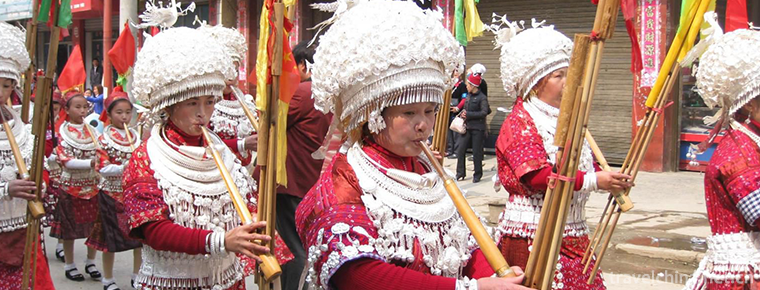
Hulusheng Dance of Yi Nationality
-
Yuelu Mountain and Orange Prefecture Tourist Area
Orange Island Scenic Area is located in the heart of the Xiangjiang River opposite Changsha City, Hunan Province. It is the largest famous island in the Xiangjiang River with an area of 91.4 hectares
Views: 210 Time 2018-12-12 -
Beijing Museum of Natural History
The Beijing Museum of Natural History is located in the overpass area on the central axis of the capital's southern city. It is backed by the Tiantan Park, a world cultural heritage
Views: 140 Time 2018-12-15 -
Huhu Water Eco Scenic Spot
Located in the southwestern edge of Pingshan County, Hebei Province, the old revolutionary area, the Biaoshui Eco-Scenic Spot has a tourist area of 11.5 square kilometers, an altitude of 800-1100 mete
Views: 235 Time 2019-01-12 -
Longyu Bay National Forest Park
Longyuwan National Forest Park is located in Luanchuan County, Henan Province. It is 165 kilometers away from Luoyang City. It covers an area of 1833 hectares
Views: 167 Time 2019-02-06 -
Panlongxia Ecotourism Area
Panlongxia Ecotourism Area is located in the northwest of Deqing County, Guangdong Province, about 28 kilometers away from the county seat. The whole ecotourism area covers an area of 30,000 mu
Views: 181 Time 2019-02-07 -
Yinghu Scenic Area
Yinghu, a national AAAA-level tourist area, is located 16 kilometers southwest of Ankang City, Shaanxi Province. The total area is 102.8 square kilometers, including 77 square kilometers
Views: 180 Time 2019-03-05 -
Fouriers Magic
Fu Tenglong, a national first-class actor and famous magic performer, is a member of the art team in the 1950s. Fu Tenglong was born in a magic family. He is an international magician who integrates p
Views: 356 Time 2019-05-04 -
Mongolian Boke
Boke is one of Mongolian traditional sports and recreational activities. People on the grassland call Mongolian wrestling "Boke" (strong, united and lasting meaning of Mongolian). It is the
Views: 120 Time 2019-06-03 -
Make a chant
Bamboo and hemp trumpet is a traditional folk song of Qionglai City, Sichuan Province. It belongs to a kind of labor trumpet sung by local papermaking workers when playing bamboo and hemp. It is mainl
Views: 161 Time 2019-08-03 -
The Bronze Drum Custom of the Zhuang Nationality
Bronze drum is a percussion instrument created by Pu and Yue people in ancient China. Up to now, it has a history of more than 2700 years. Guangxi has the largest number and the widest distribution. T
Views: 200 Time 2019-08-16 -
Ao Bai
O Bai (about 1610) - 1669, Manchu: Oboi) Guwalgiya Manchuria is set in Huangqi banner. Mio Yuanhoon, Quan Chen, the son of Saul fruit of the tribal chieftain of the Qing Dynasty, the founding fathers
Views: 270 Time 2019-09-11 -
Climate of Luzhou
Luzhou city belongs to subtropical humid climate zone, and the three-dimensional climate is obvious in the southern mountainous area. It has high temperature, sufficient sunshine, abundant rainfall, four distinct seasons, long frost free period, temperature, light and water in the same season
Views: 383 Time 2020-12-14

